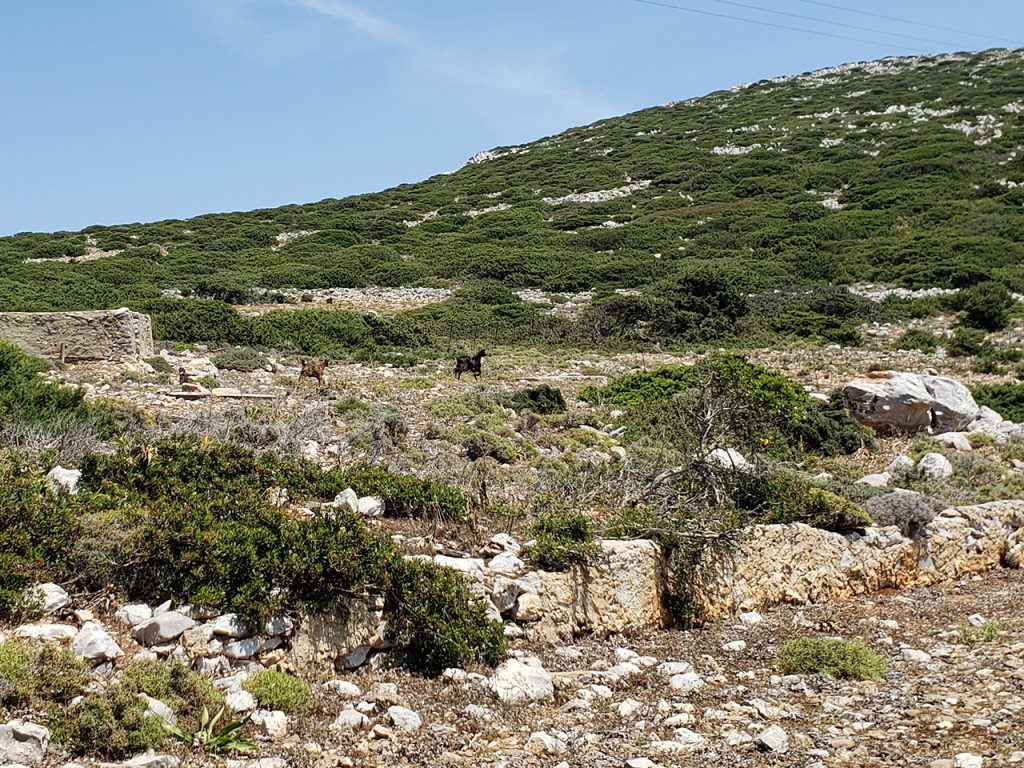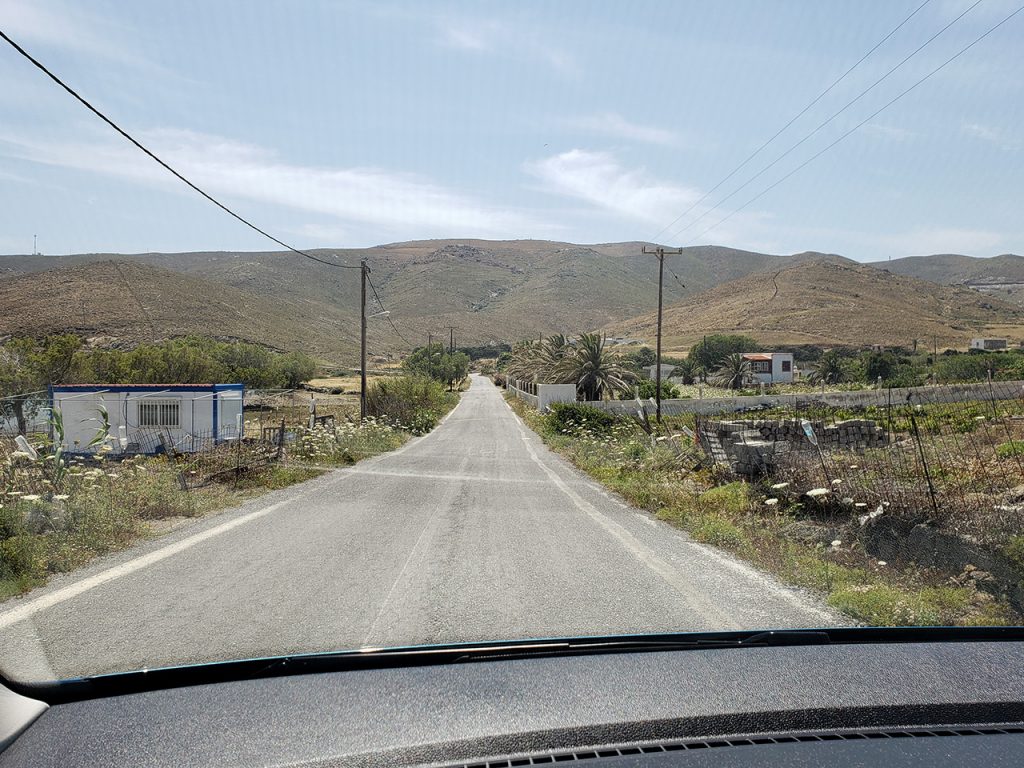
On this trip, we did something we’ve never done before while travelling — we rented a car. I usually find driving more stressful than enjoyable, especially in another country, but Astypalea is a small and manageable island with only a few roads. And without a car there’s no convenient way to visit the more out-of-the-way sights.
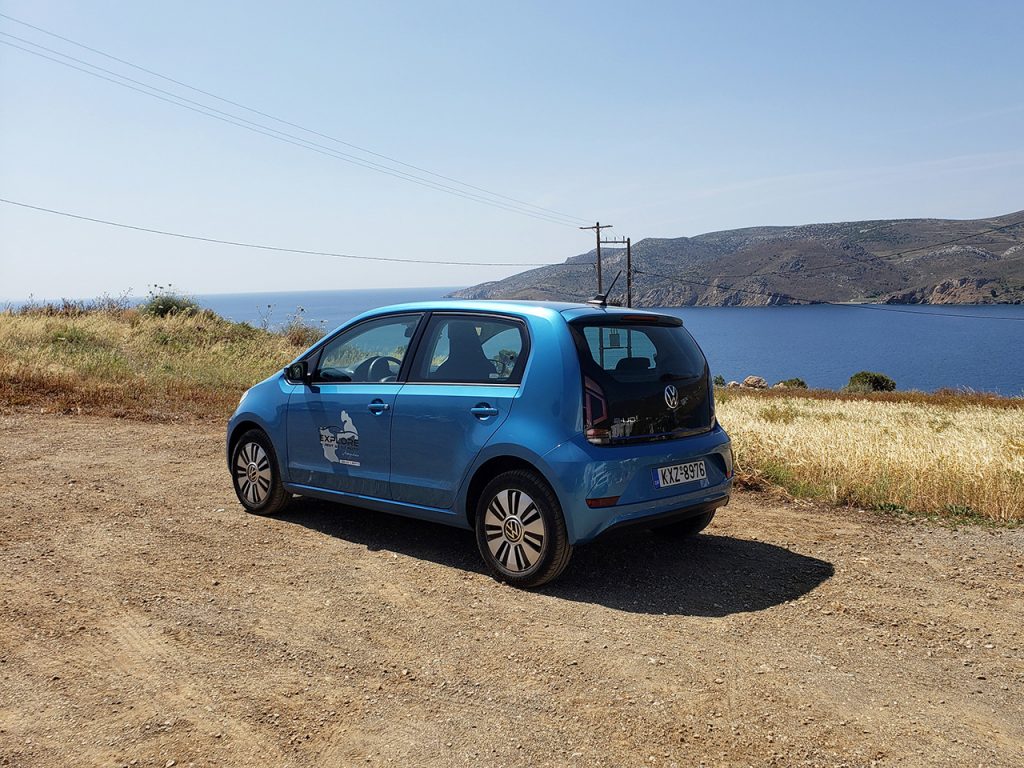
Thanks to a somewhat controversial program by the Greek government and Volkswagen, a number of rental car fleets now offer small electric cars for rent on Astypalea. Automatic cars are a rarity here and I don’t drive stick, so we reserved a tiny little Volkswagen e-up! and gave it a good workout on the steep hills, hairpin curves and rocky gravel roads of the island. We were given the car fully charged and drove it for several hours on each of three days and didn’t even chew up half the available juice.
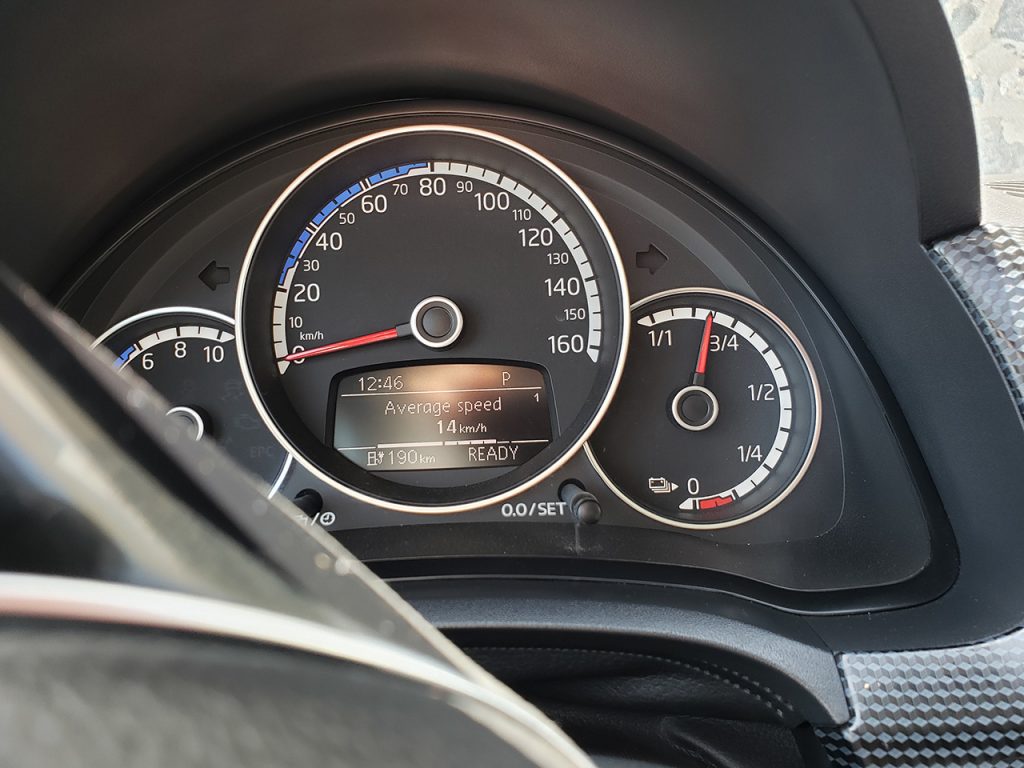
The strangest part about driving electric is the silence after turning the key — only a little musical chime indicates you are ready to throw it into drive and go. Otherwise, it felt just like driving a small gasoline car, similar to the Smart Cars we used to rent from Car2go (RIP) back in Toronto.
Heading east out of town, we stopped a few times to snap photos of the Chora and castle from new vantages. Views of this pristine white town never get boring.
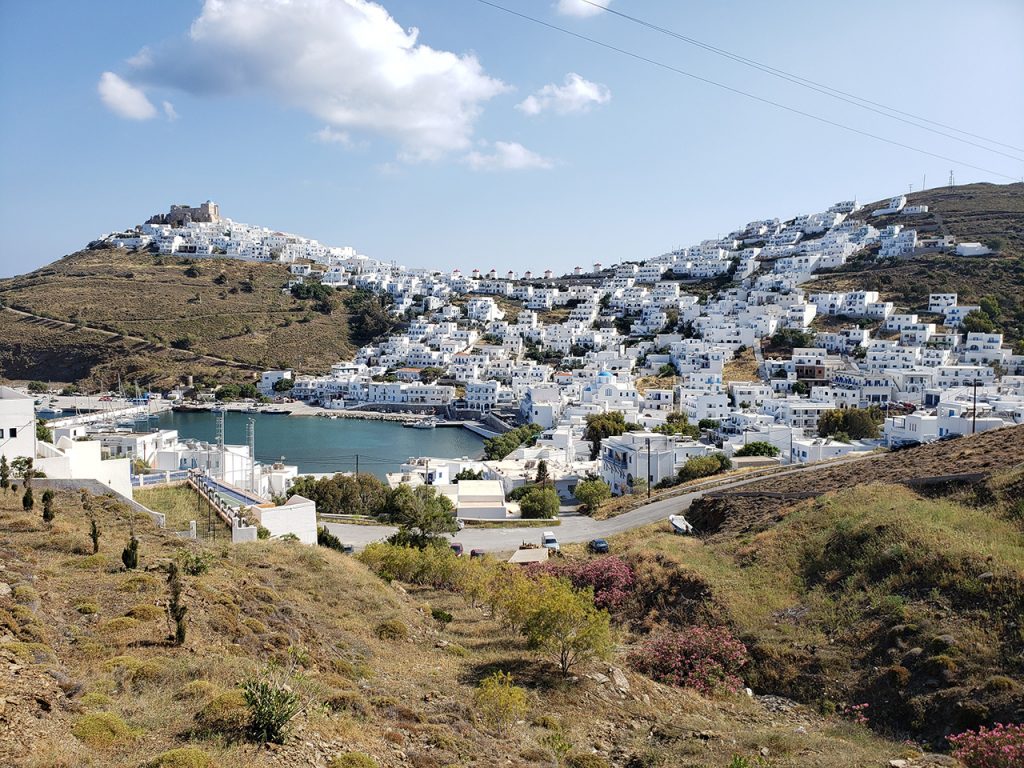
After about 15 minutes of winding roads, which are not unsafe but require concentration and occasional negotiation with oncoming cars to navigate tiny gaps between rocks and walls, we passed through the town of Analipsi and then its beachfront, Maltezana. This village was named after Maltese pirates who operated out of this bay at some unspecified time in the past (a lot of the history of this island seems to be the same anecdotes echoed ad nauseam with no sourcing, so we’re never quite sure what to believe.)
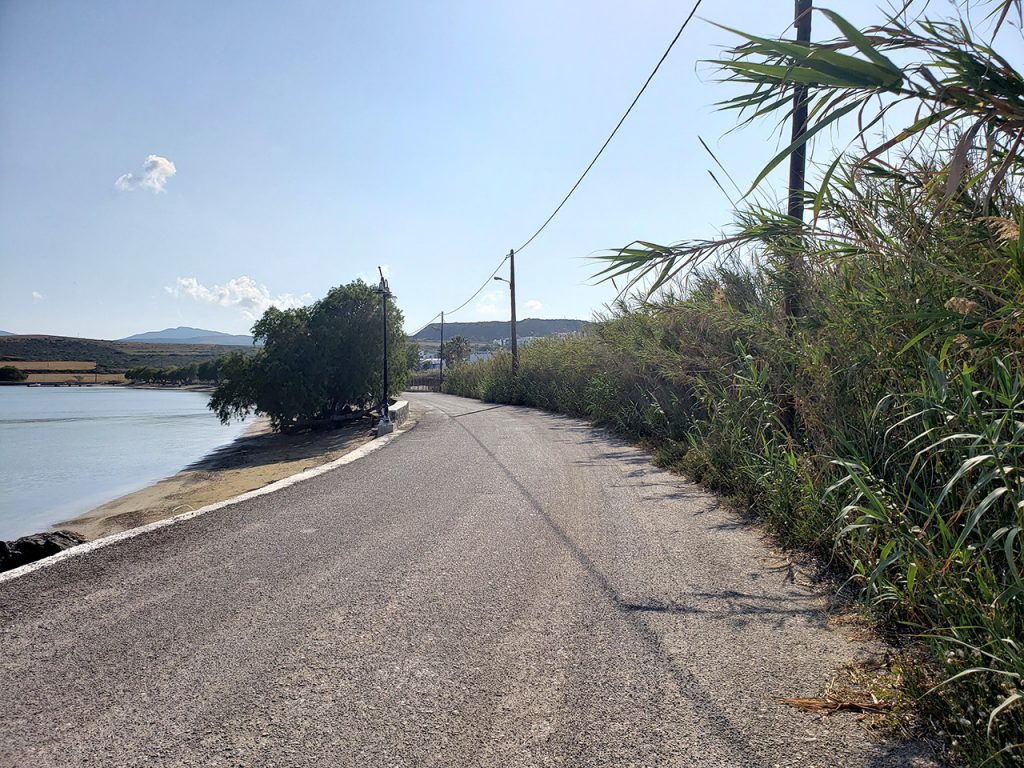
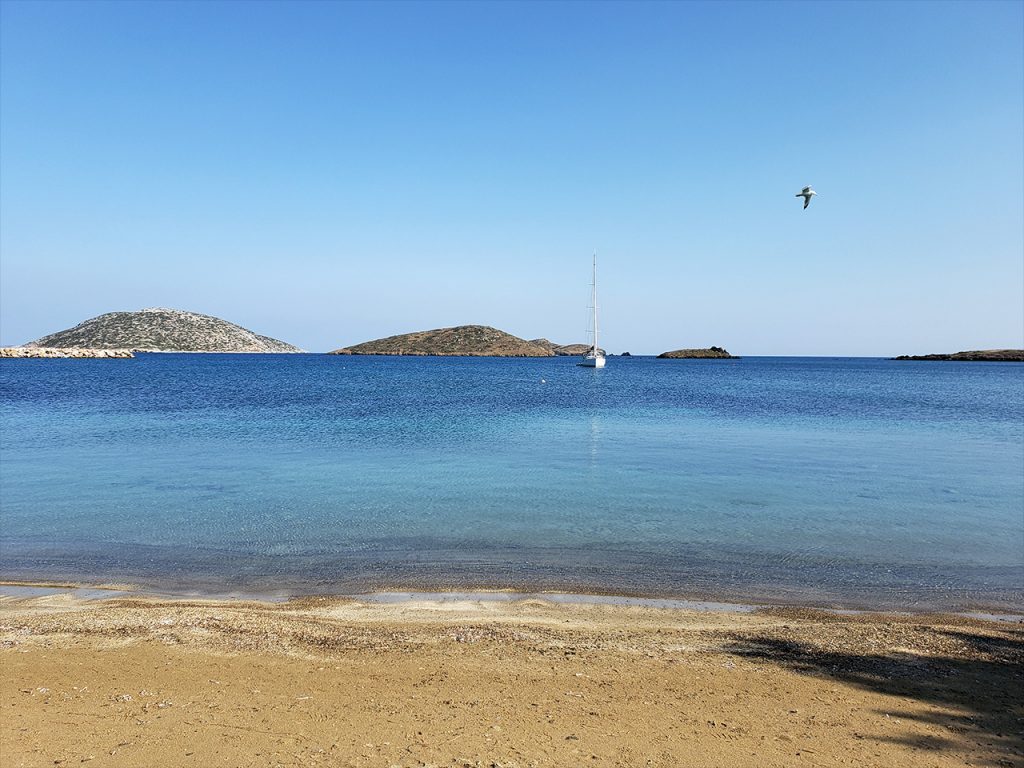
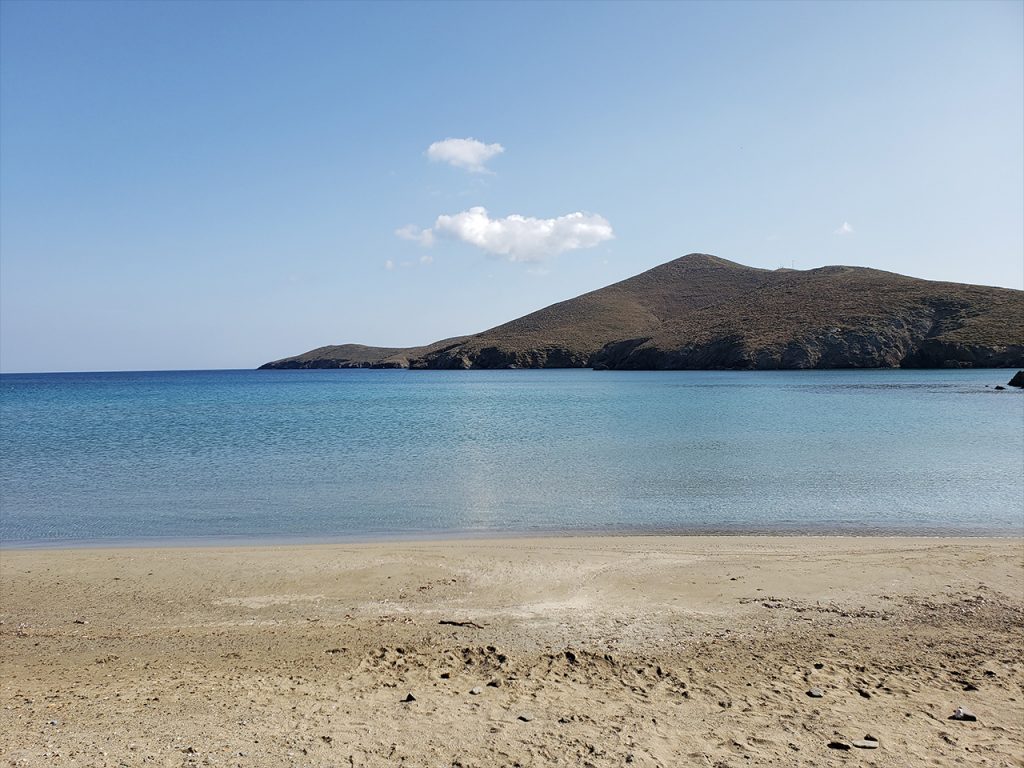
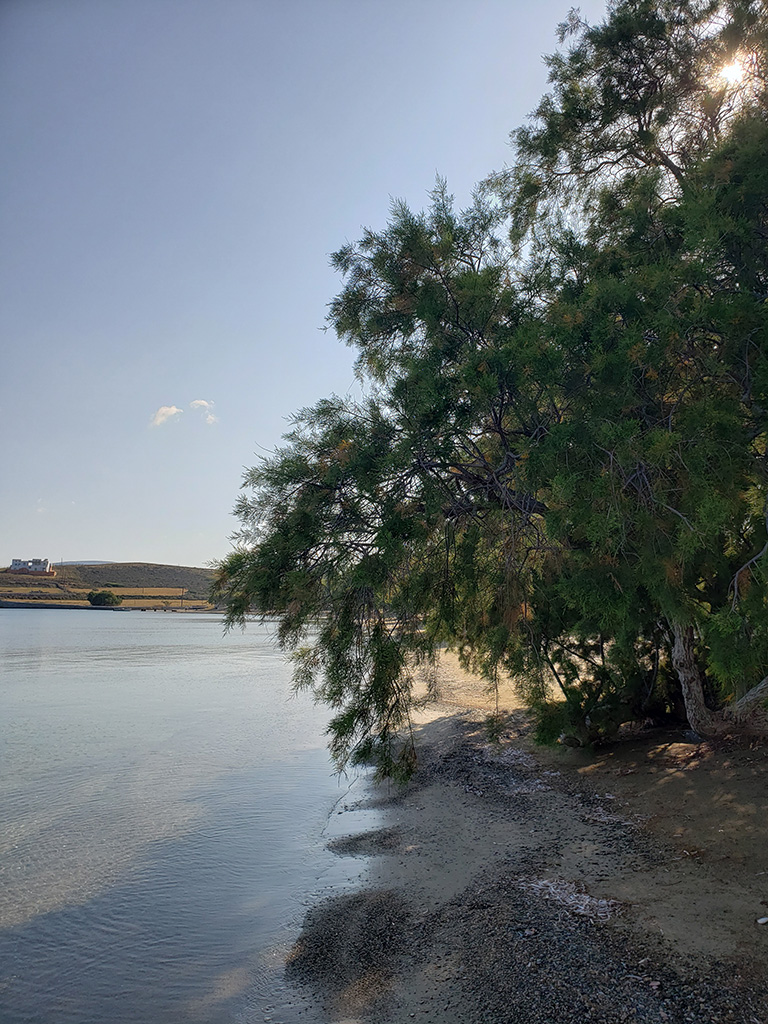
Maltezana is apparently a busy resort in the high season, but in late May it was still very quiet. We were able to wander the beach and pier only encountering a handful of other people and a single open waterfront restaurant.
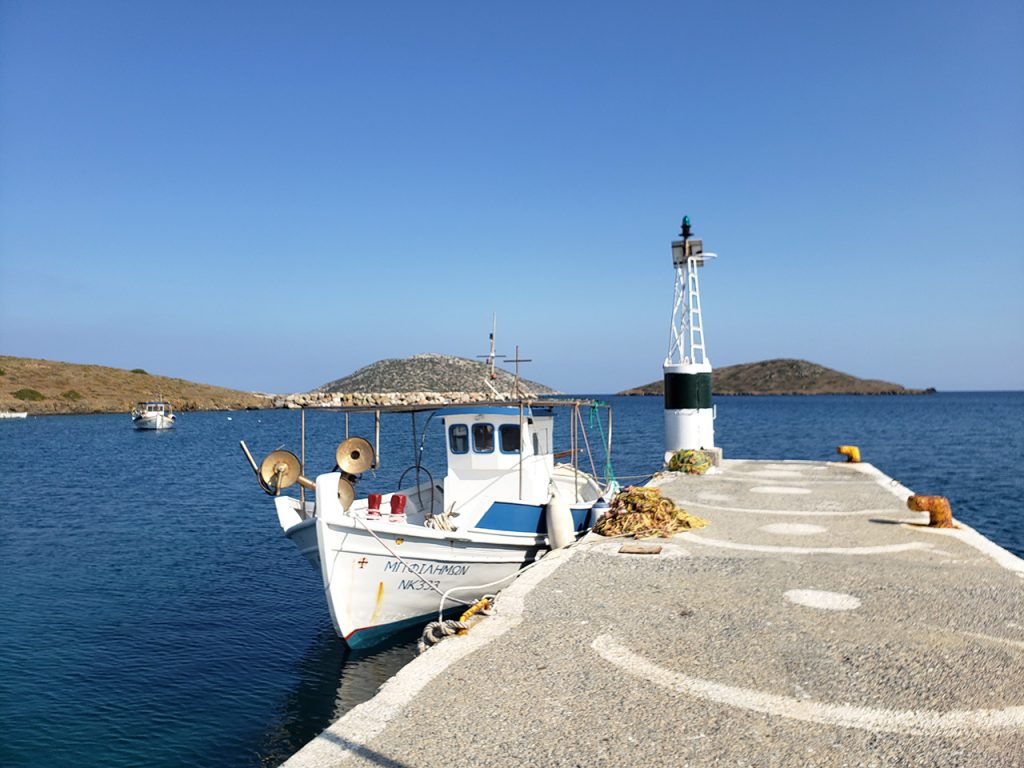
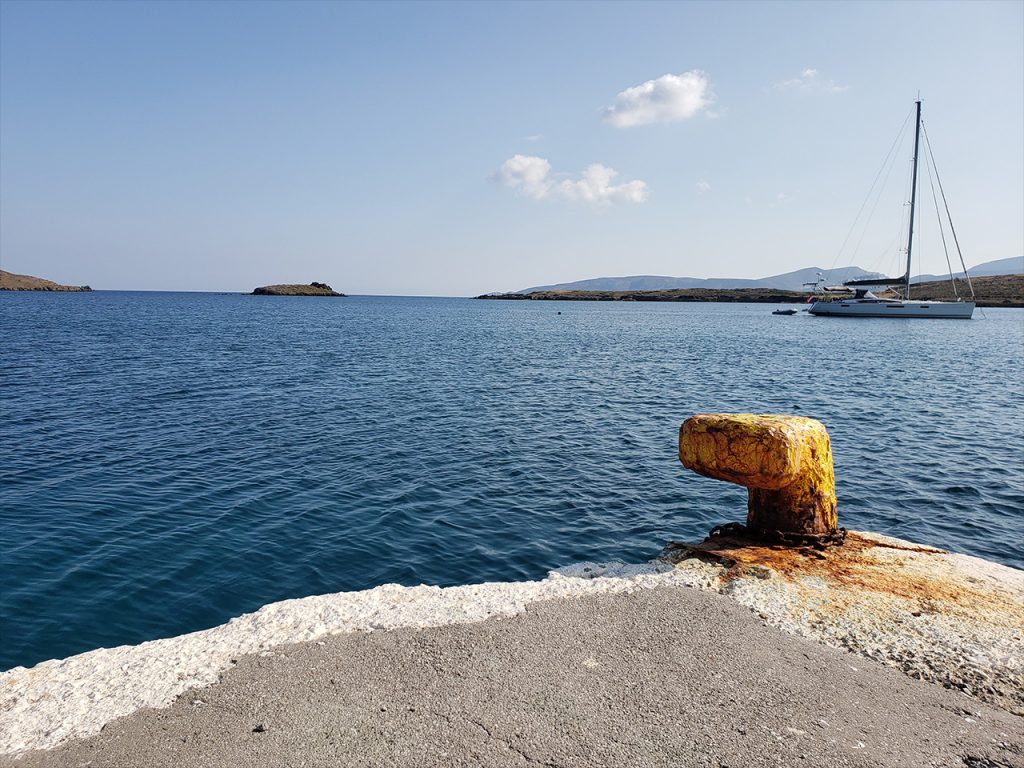
Hopping back in the car and driving east to the next bay, we found ourselves at Schinondas, home to another attractive beach and pier. This beach was set up with thatched umbrellas and had a nice mix of sun and shade.
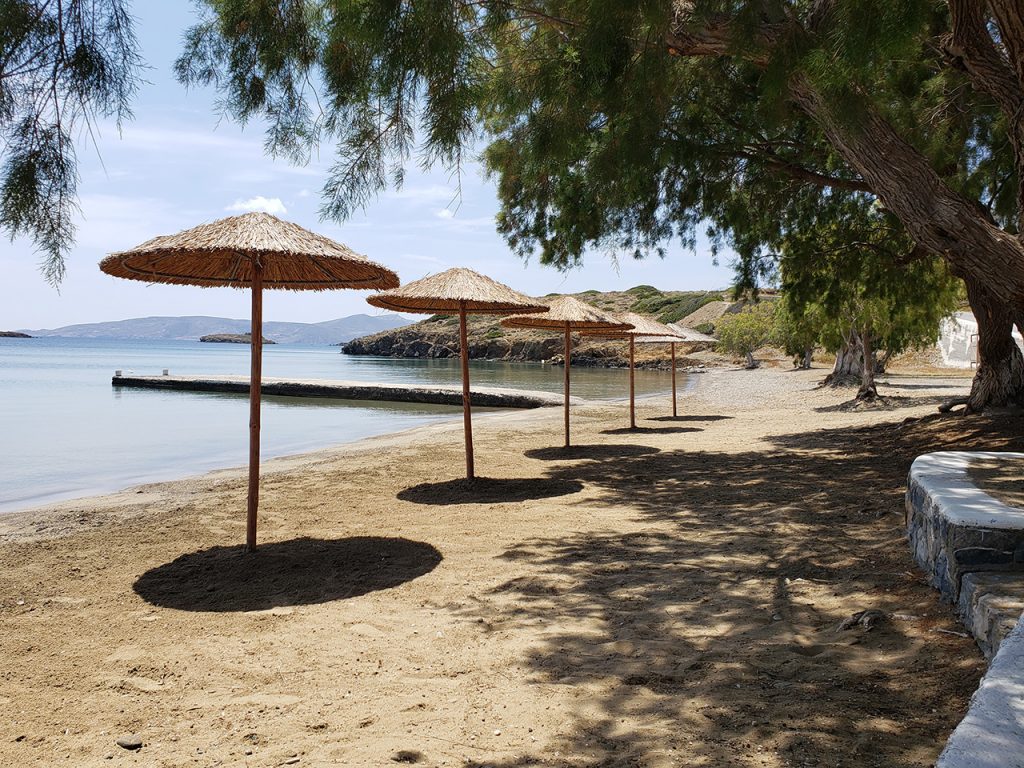
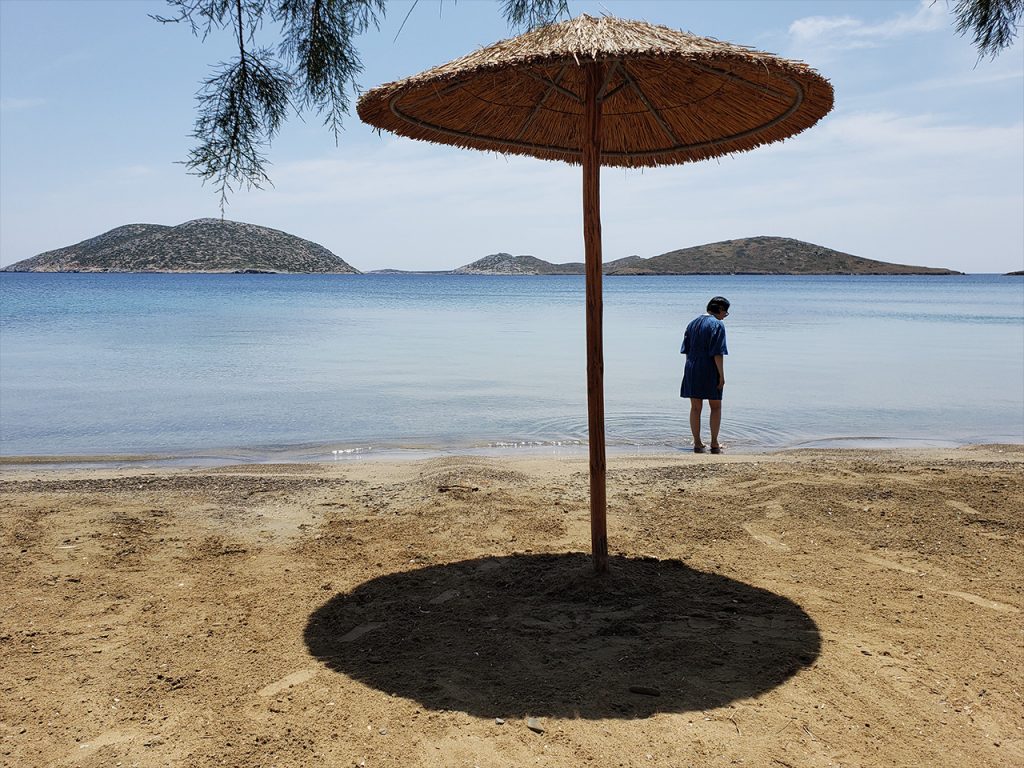
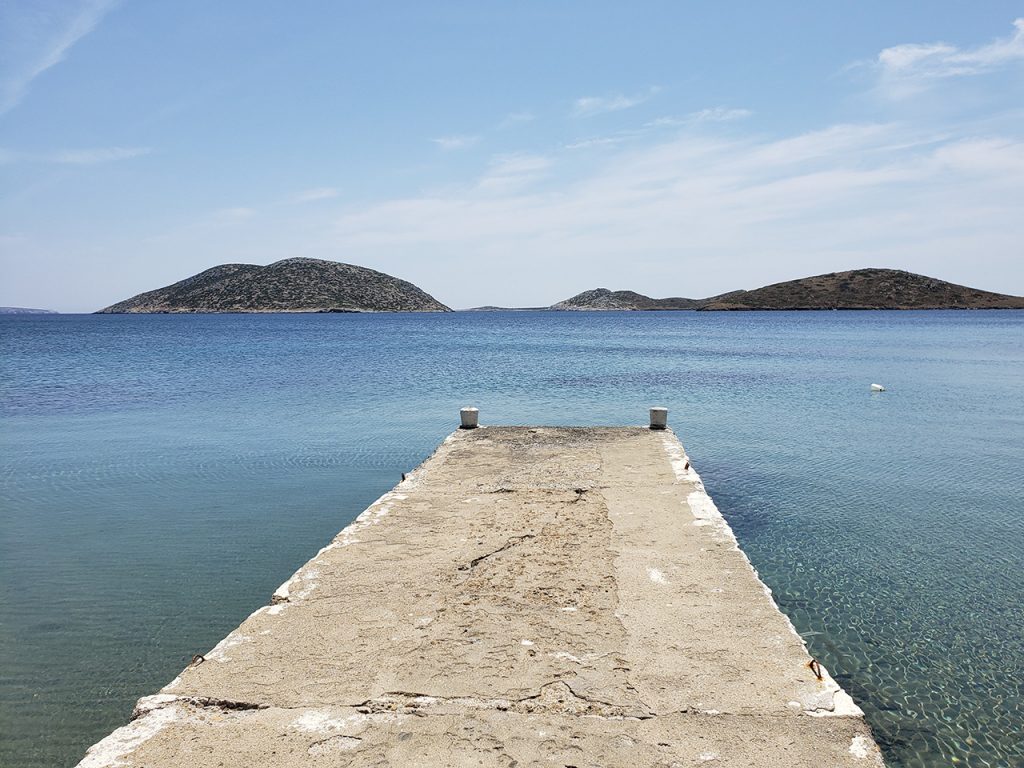
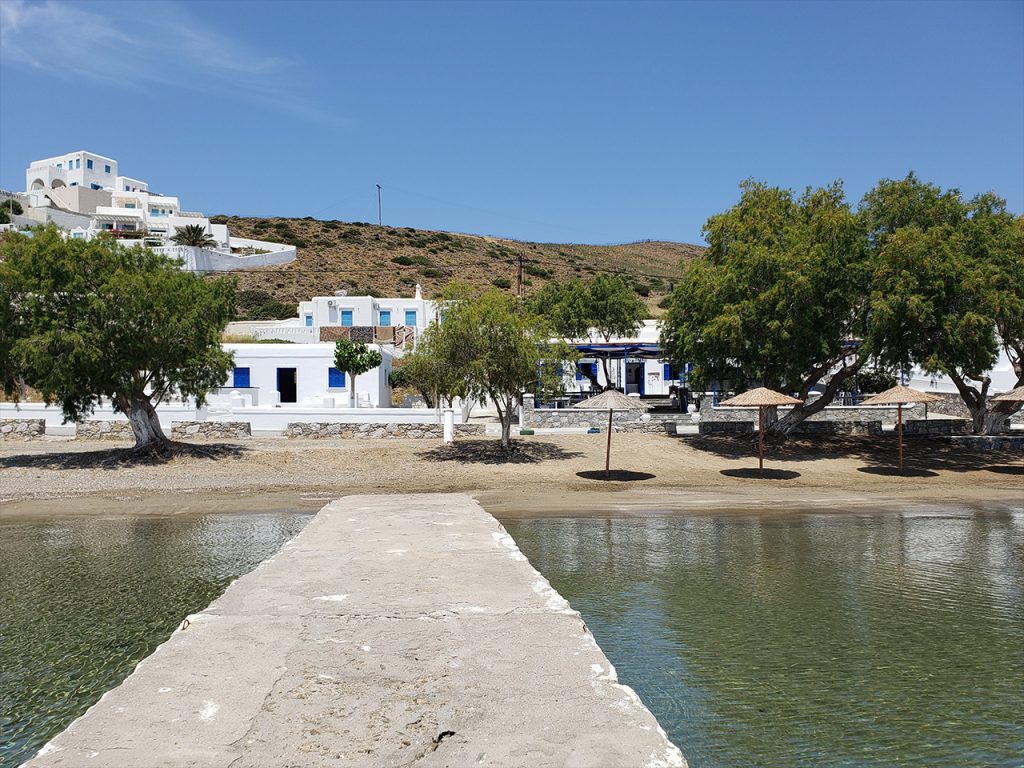
On the eastern point of Schinondas beach is the Hippolyte Bisson Memorial, honouring a French caption who sacrificed his own life to protect the locals from pirates. Anchored off shore in 1823, captain Hippolyte Bisson helped the rest of his crew to escape, waited until his ship was completely swarmed with pirates, and then blew it up, killing himself and 140 pirates in the process.
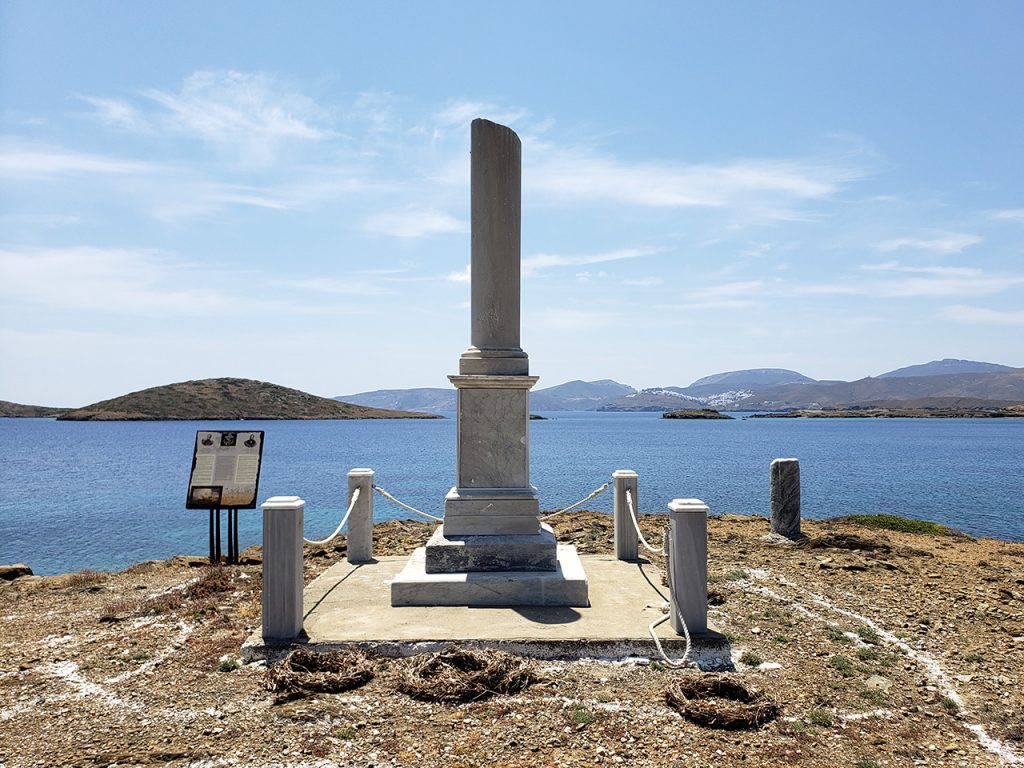
The surviving crew were taken in by local Astypaleans who had been held prisoner by the pirates. Bisson became a local hero, with this moment remaining 200 years later, and still celebrated annually. There were dried remnants of laurel wreaths at the base when we visited.
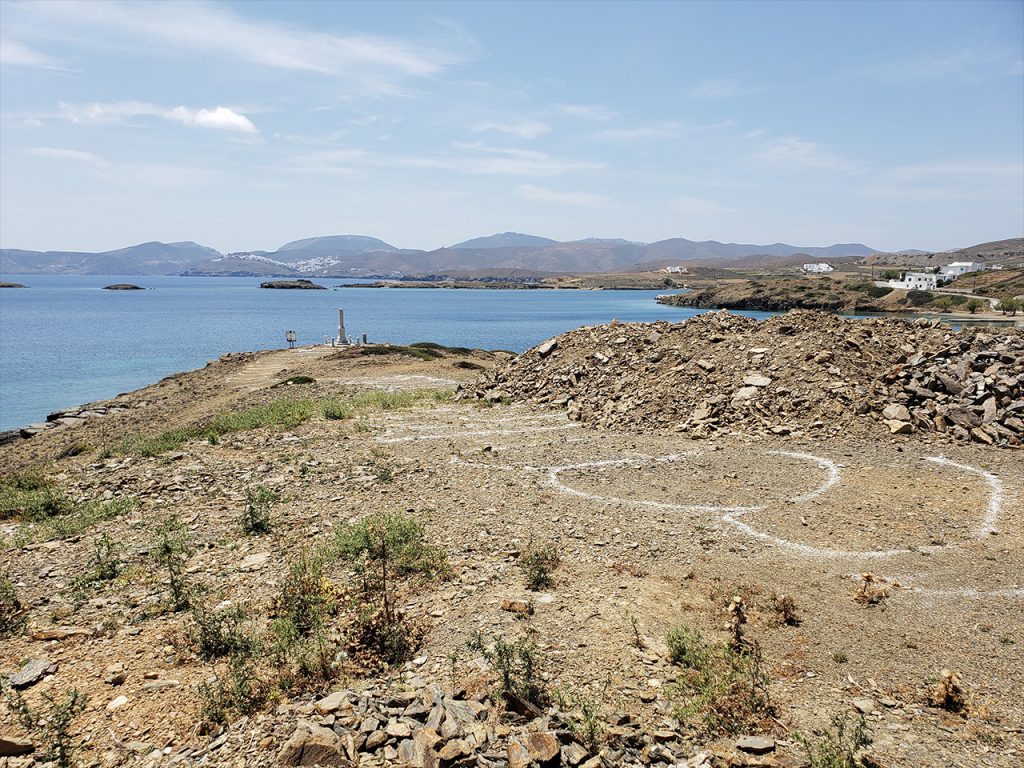
The area around the memorial was rocky and rugged. There was yet another beach we could have hiked to, but we didn’t have the appropriate footwear to ensure we didn’t slide down the hill on the scrabbly rocks, and fall over a cliff into the sea.
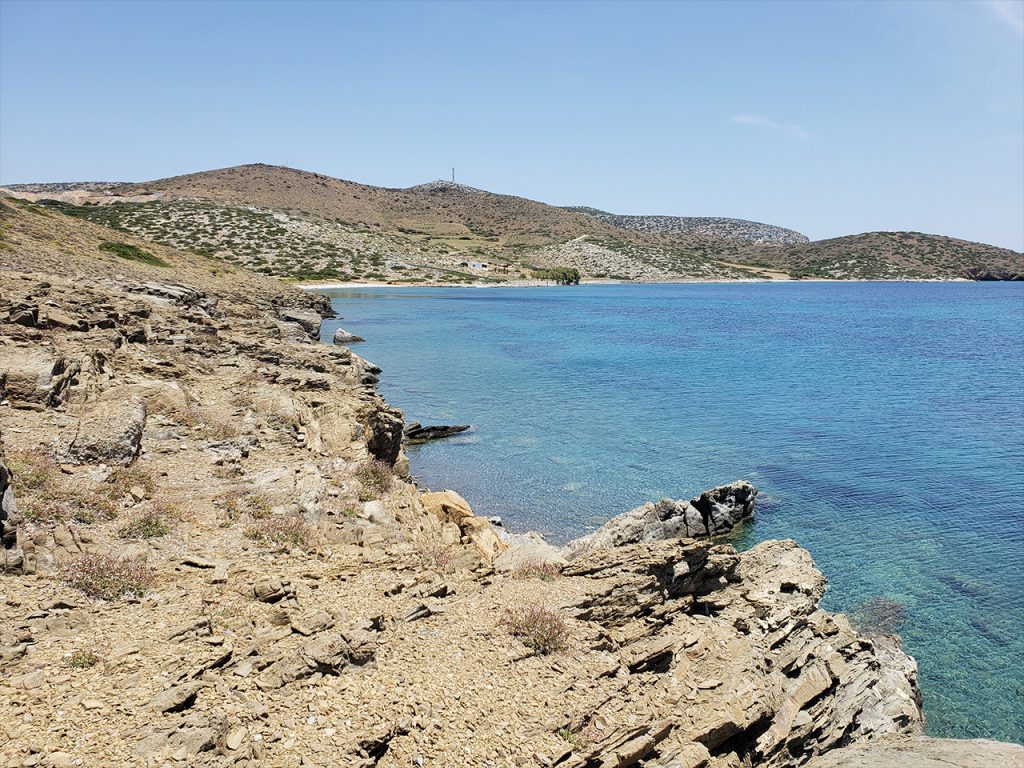
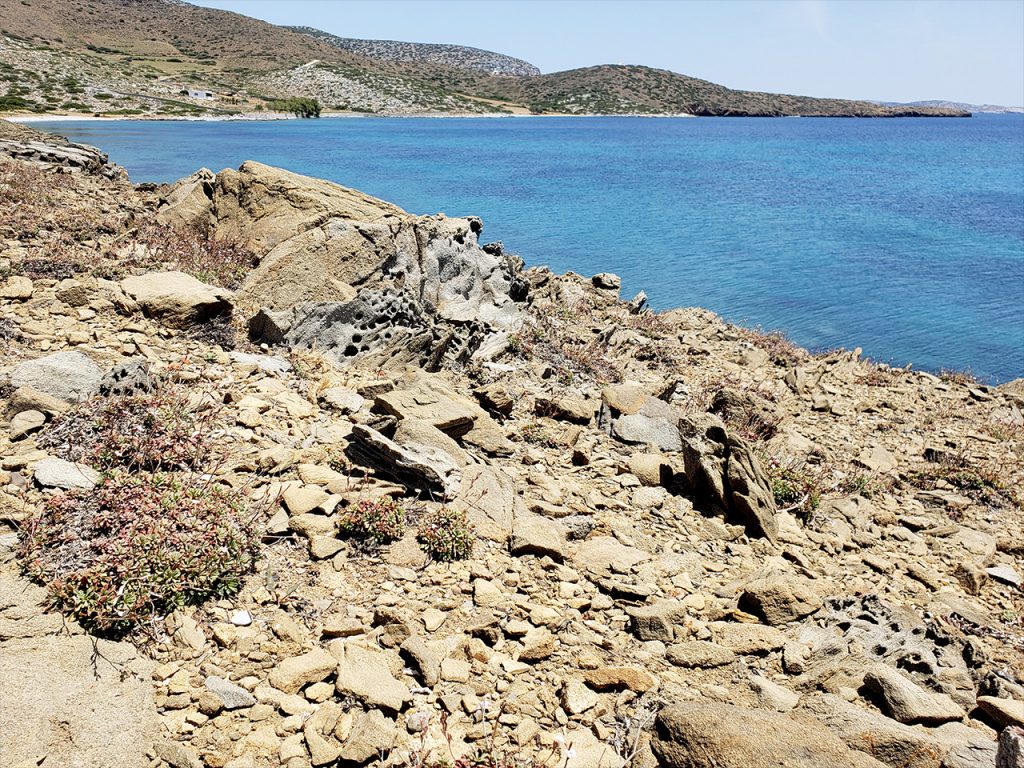
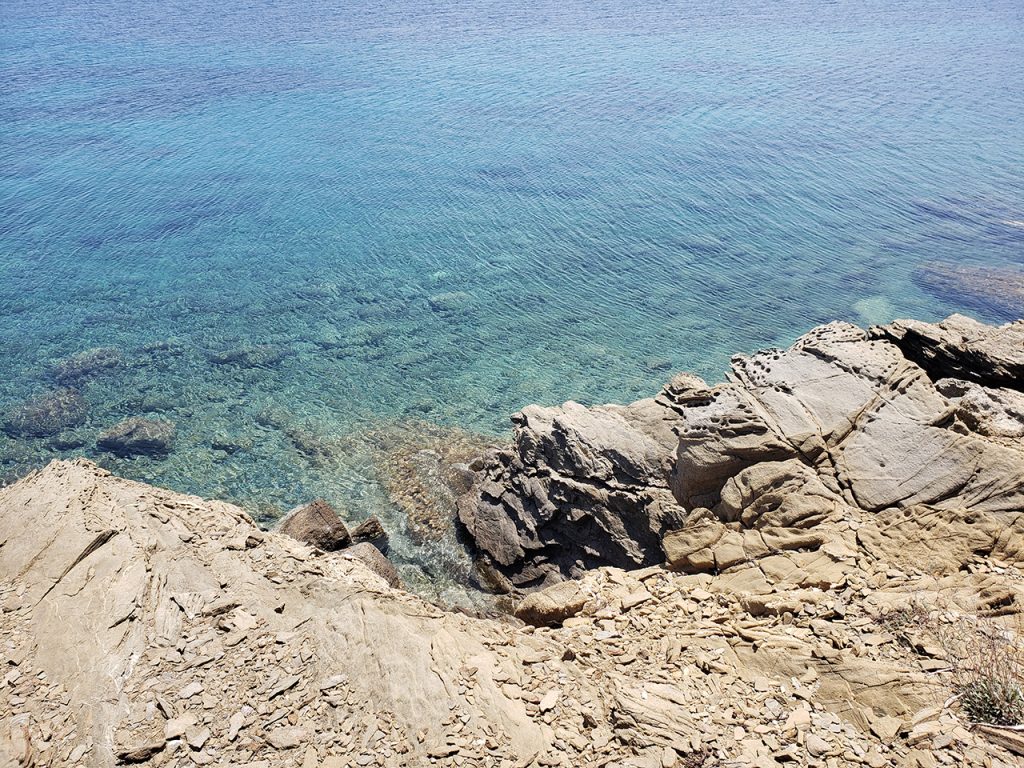
Driving onward, we found ourselves on the far eastern part of the island, which became increasingly mountainous and thinly populated.
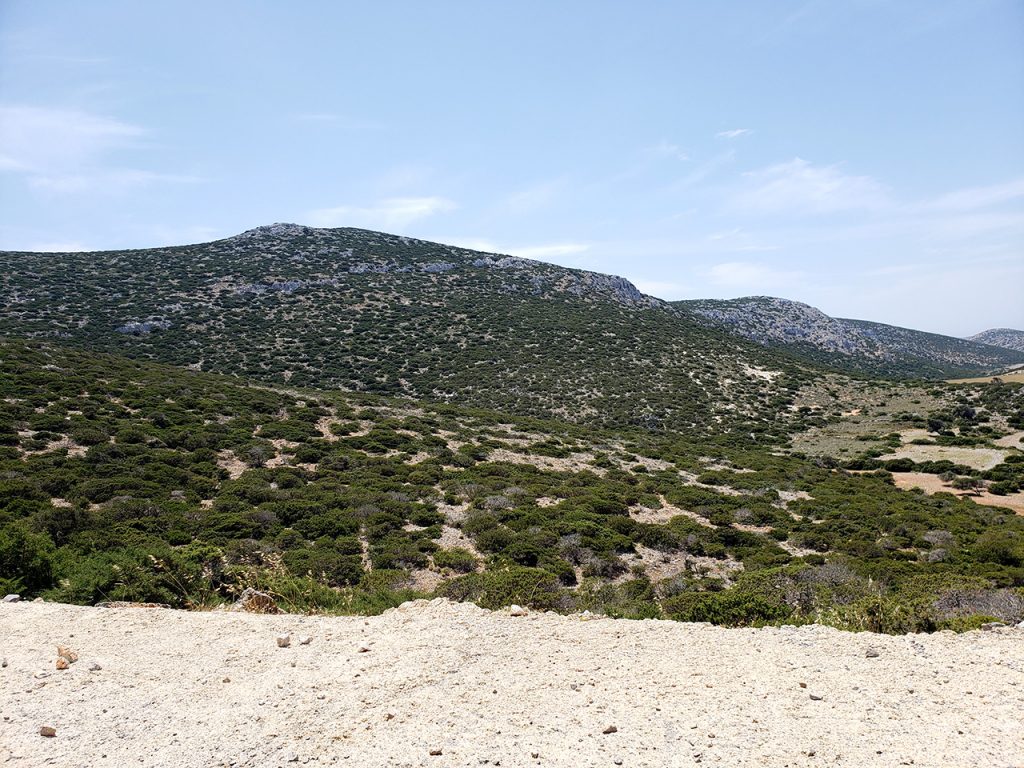
The theoretical destination was a village called Vathy. However, the nicely paved highway turned to rocky dirt several kilometers from the end, right where the car rental guy had scrawled the word “bad” on the map he gave us. We decided that the thin, hard wheels of our electric go-cart might not be suitable. After doing a very careful 10-point turn between a rock wall and the edge of an extreme cliff, we headed back westward.
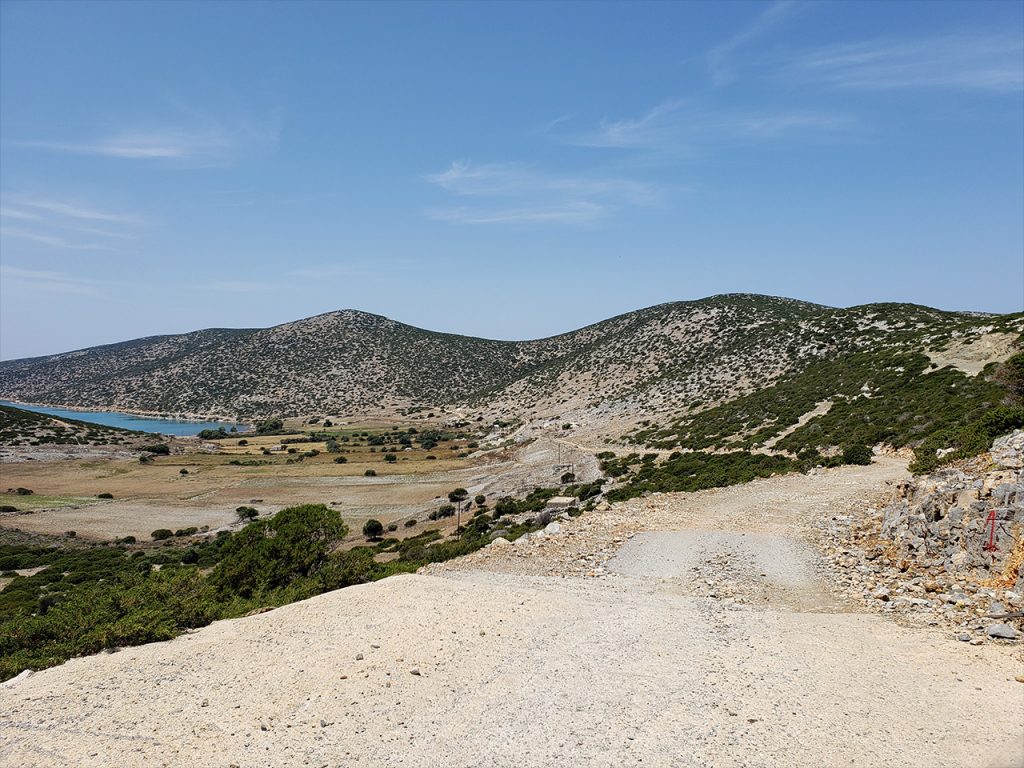
On the return journey we made one last stop at a place intriguingly labelled “World War II Italian Base Camp” on Google maps. Just off the road there was a small gravel patch where we were able to park the car, and a gap in the fencing. The camp definitely isn’t advertised as a tourist site, but there were also no signs indicating we could not enter, so we cautiously hiked down for a few photos.
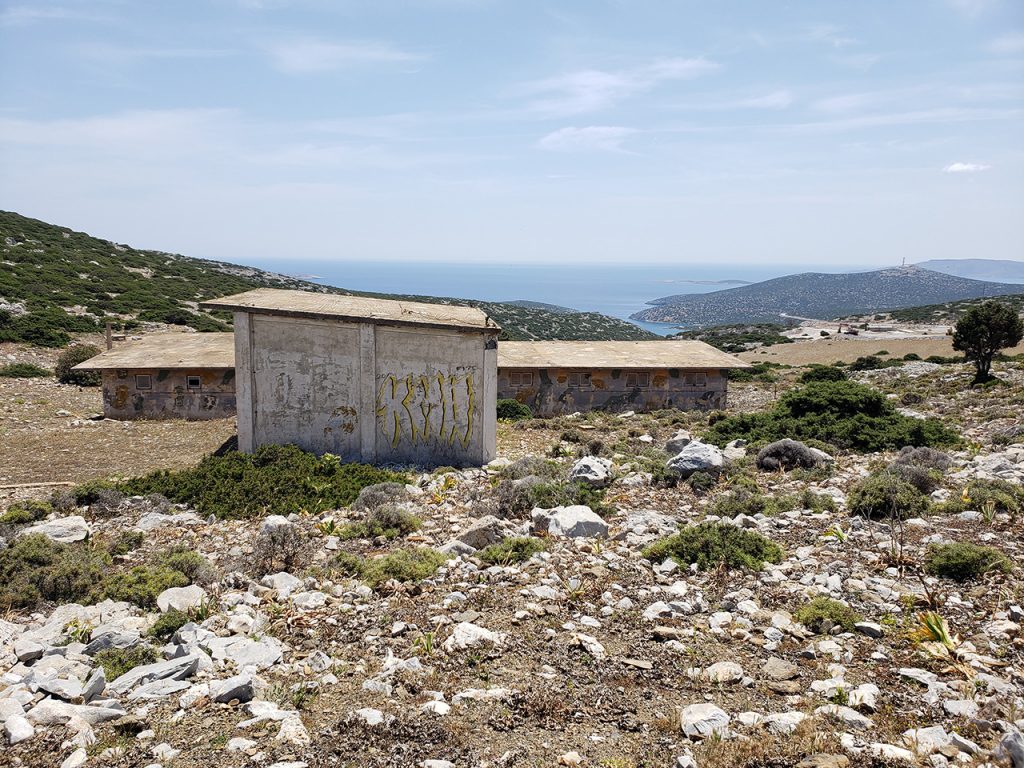
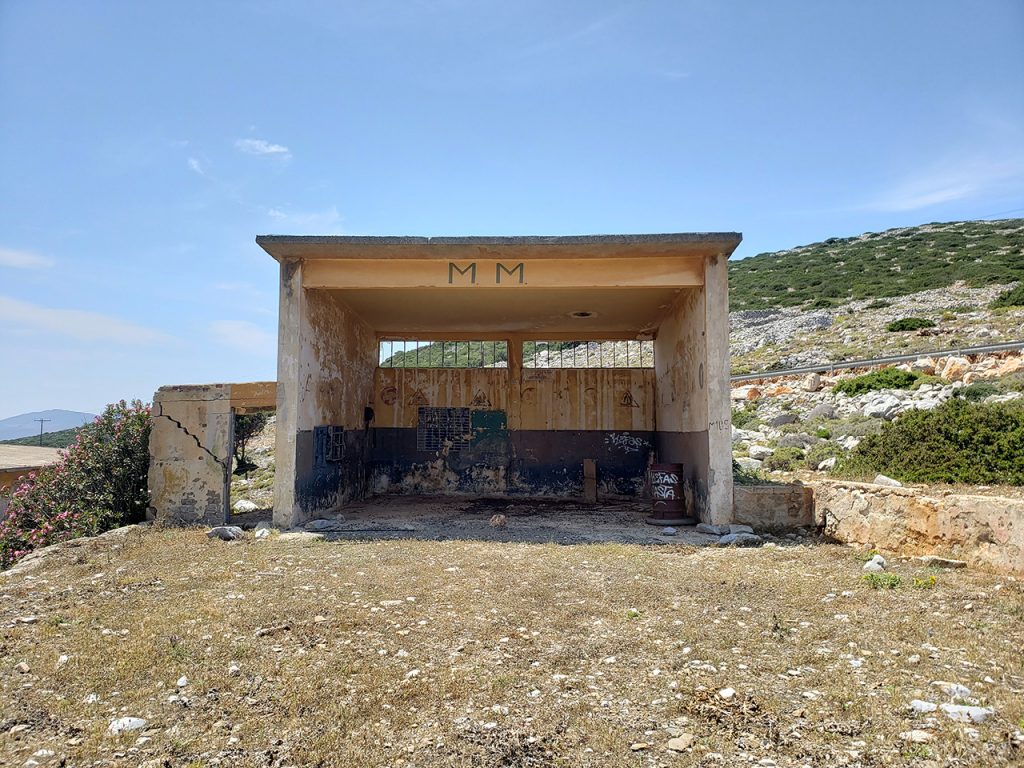
The purpose of the camp remains unclear, but it does appear to have been untouched in many decades. The Italians occupied Astypalea between 1912 to 1945. At first welcomed by the locals for liberating them from the Ottomans, the relationship became increasingly sour under Mussolini, and by the 1930s there was a resistance movement against the “cruel” occupiers. The Italians were briefly replaced by the Germans at the end of World War II, when Italy surrendered. After several more years of postwar transitional government run by the British, the island was finally made part of a unified Greece in 1947.
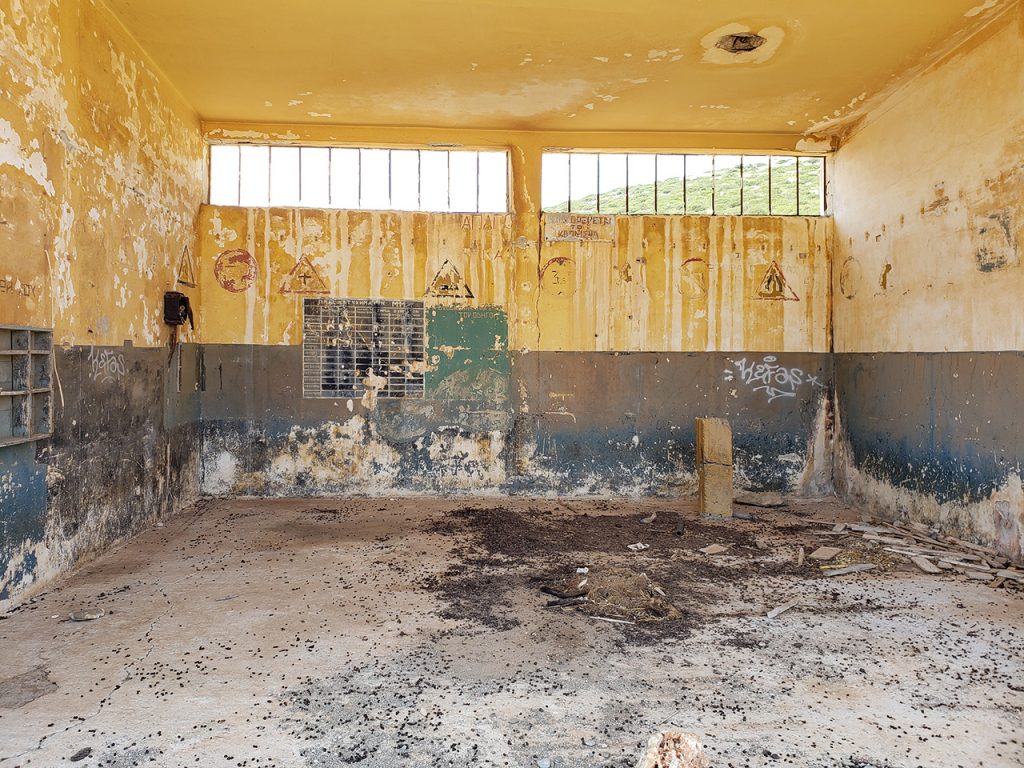
There’s an interesting schedule painted on the walls of one of the huts. The months of the year are listed in Greek down the left, but I don’t know what the rest says. It also seems to be dinged with bullet marks.
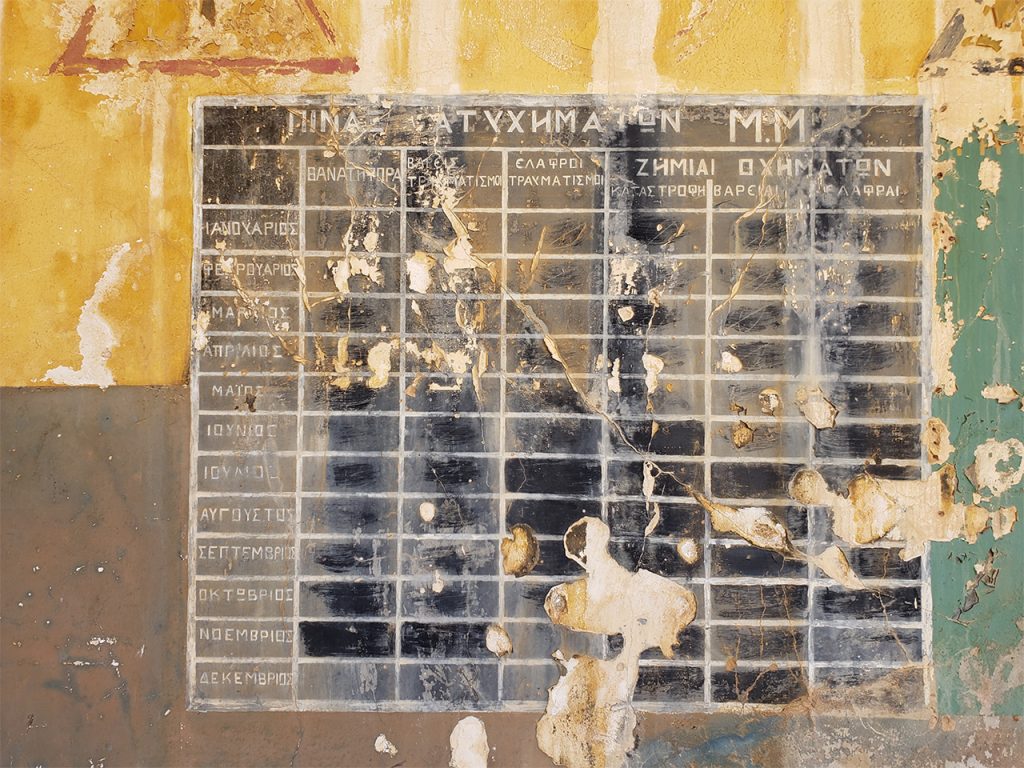
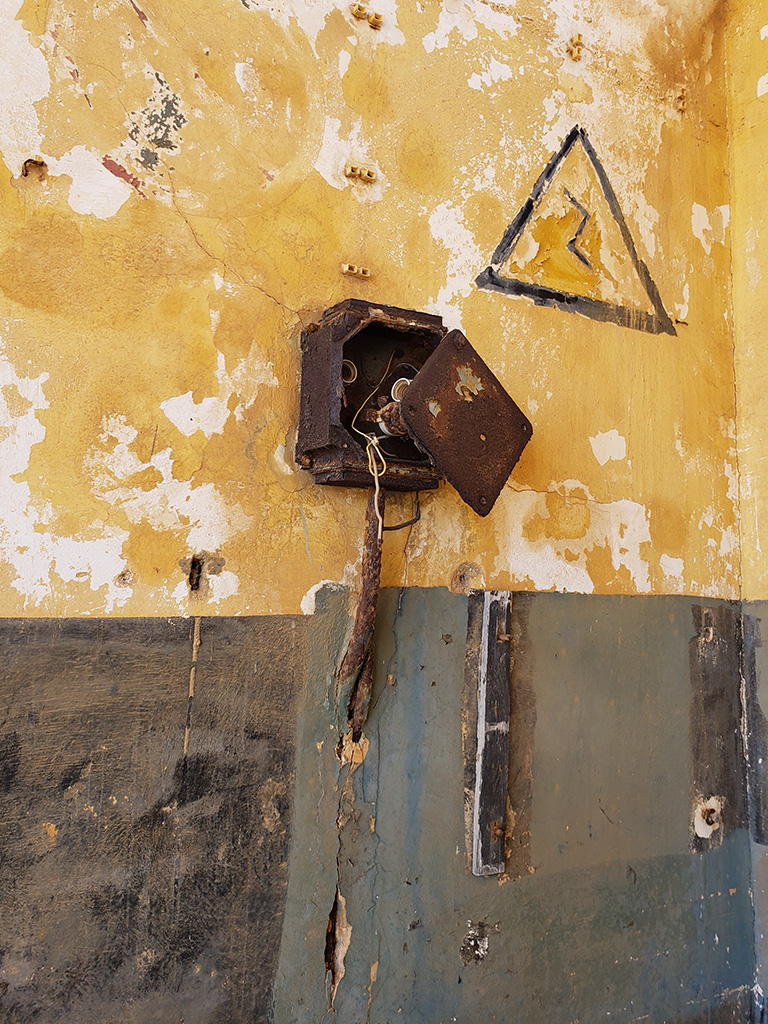
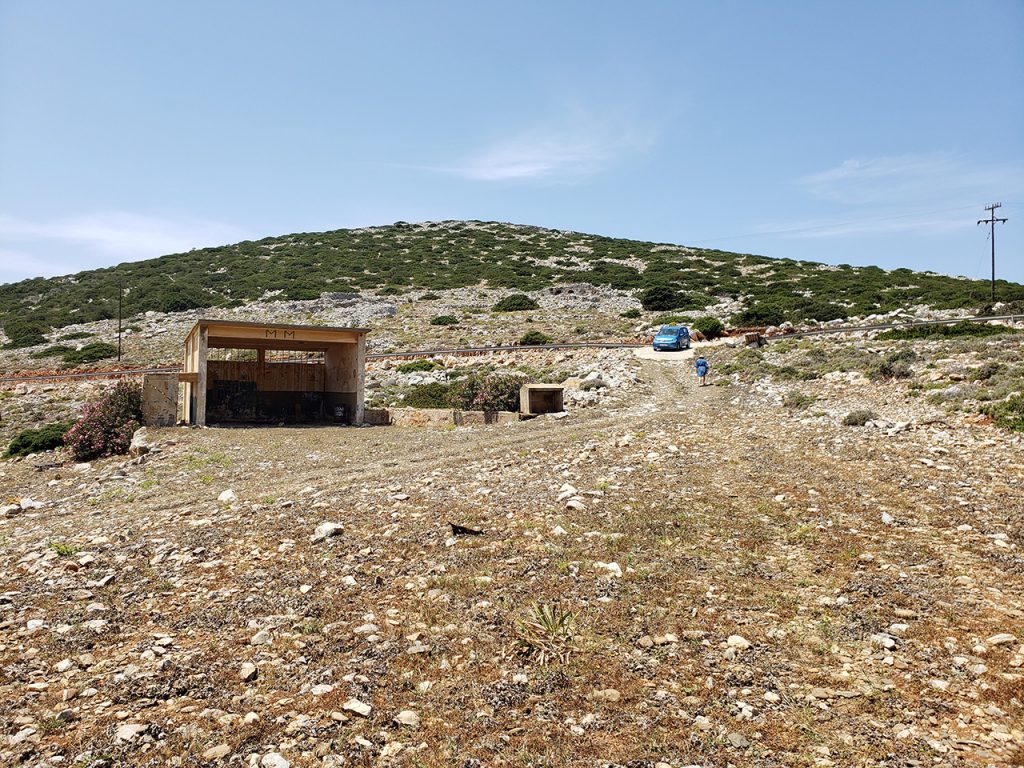
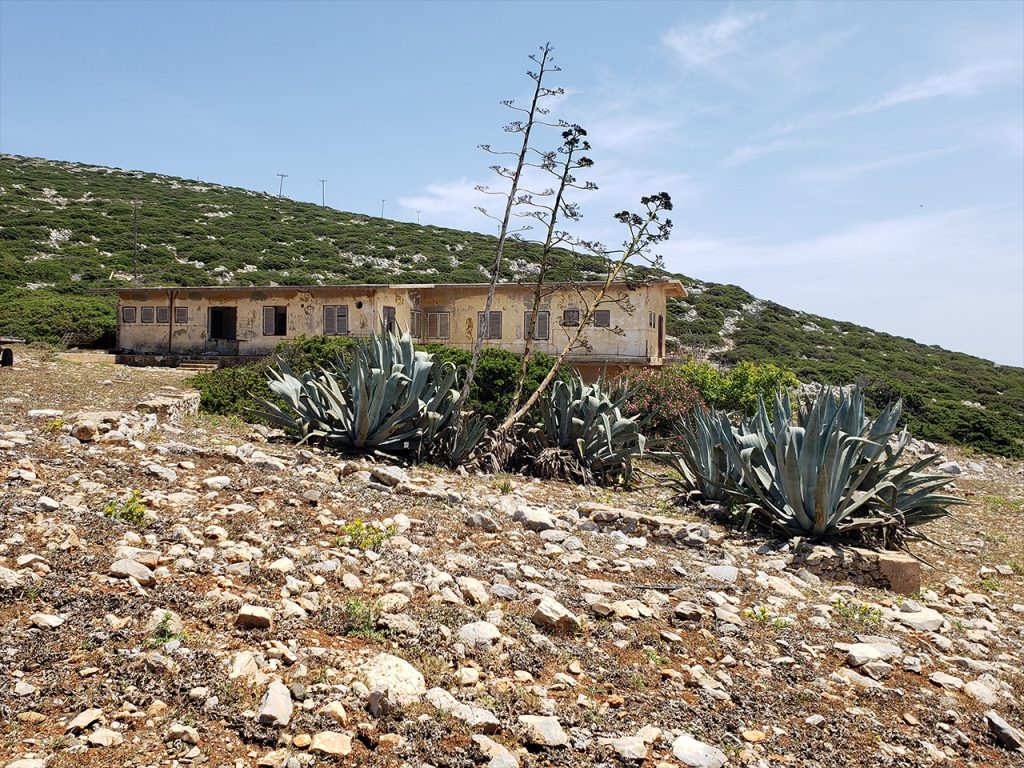
As we headed back to the car, two goats ran past, braying and kicking up gravel.
